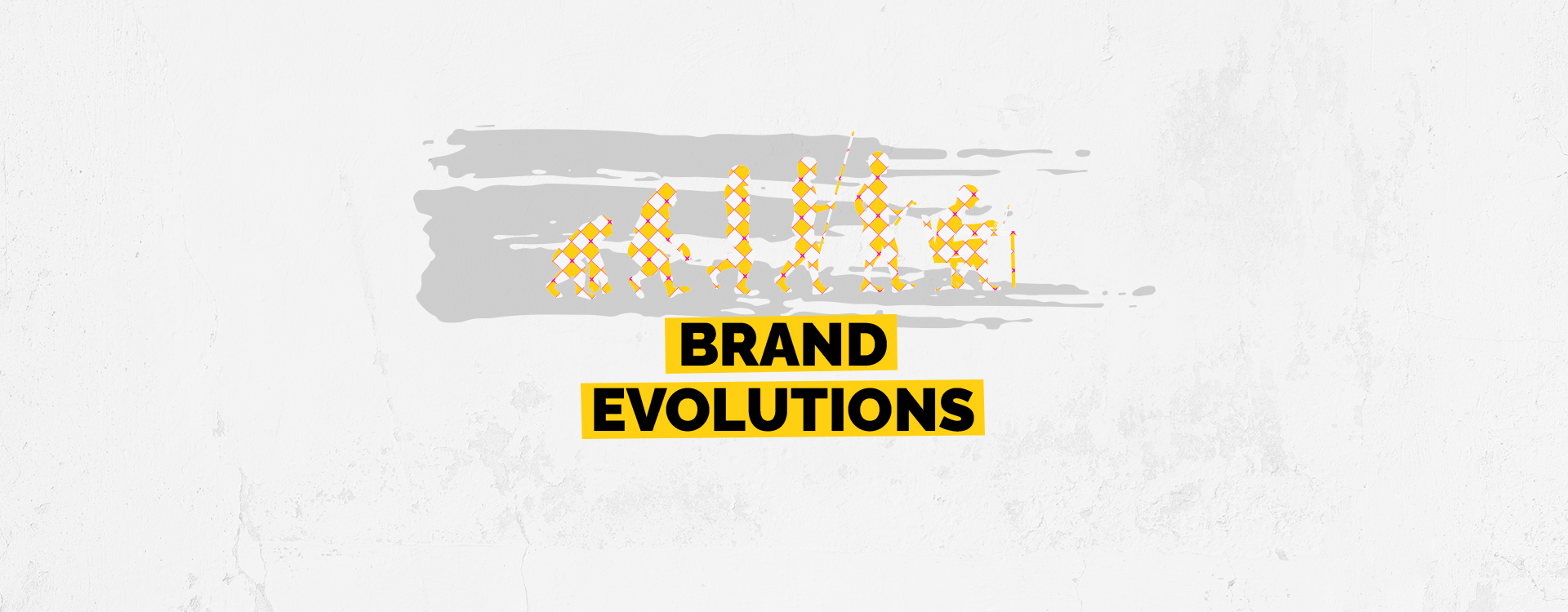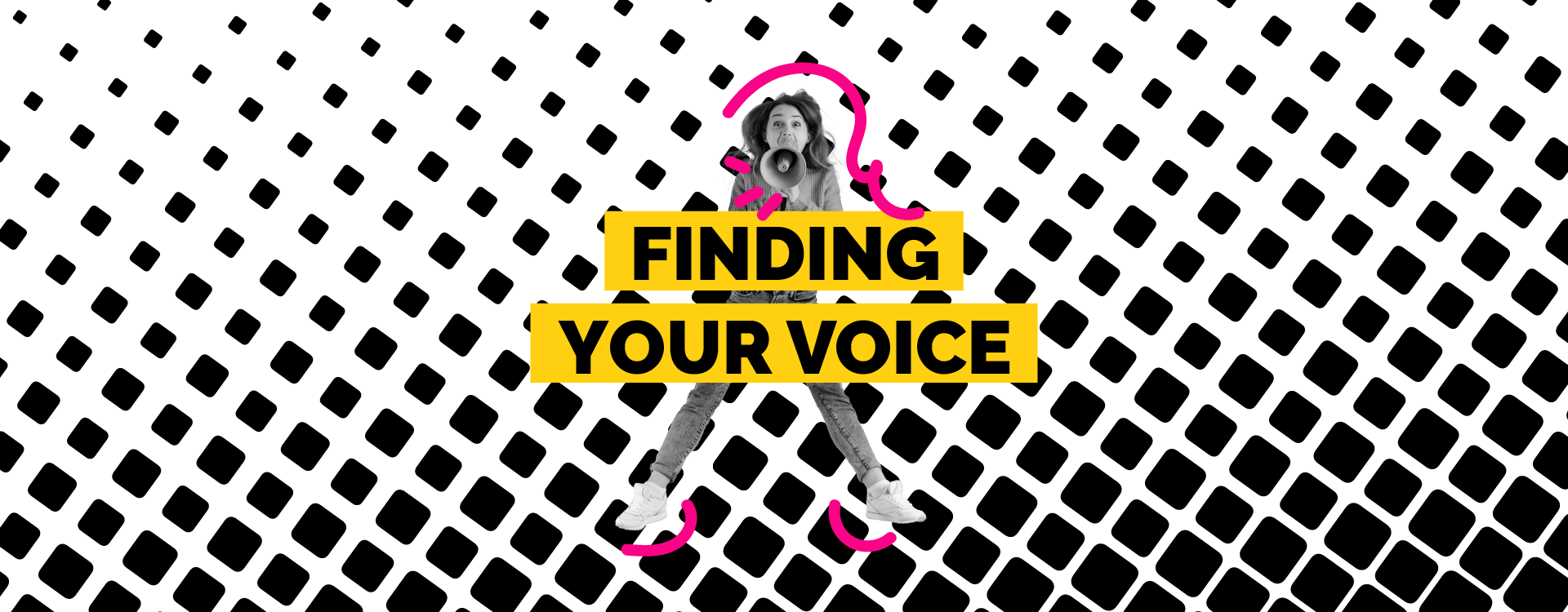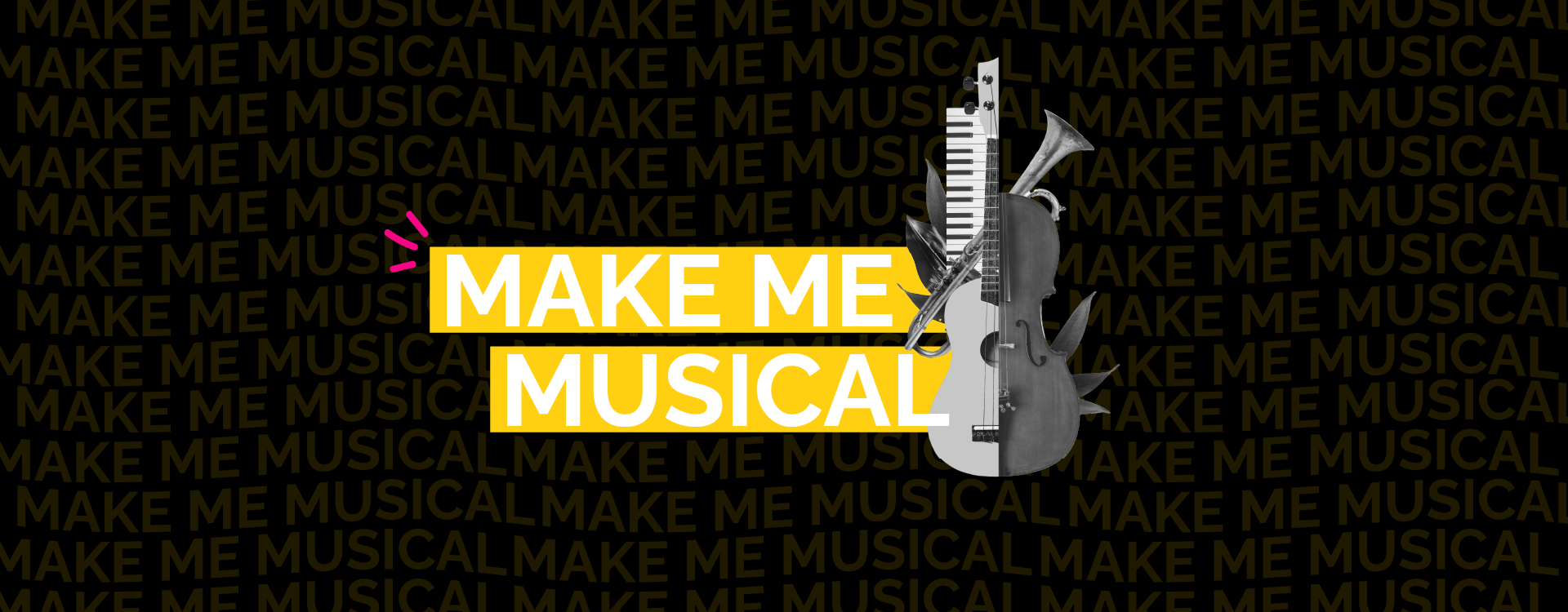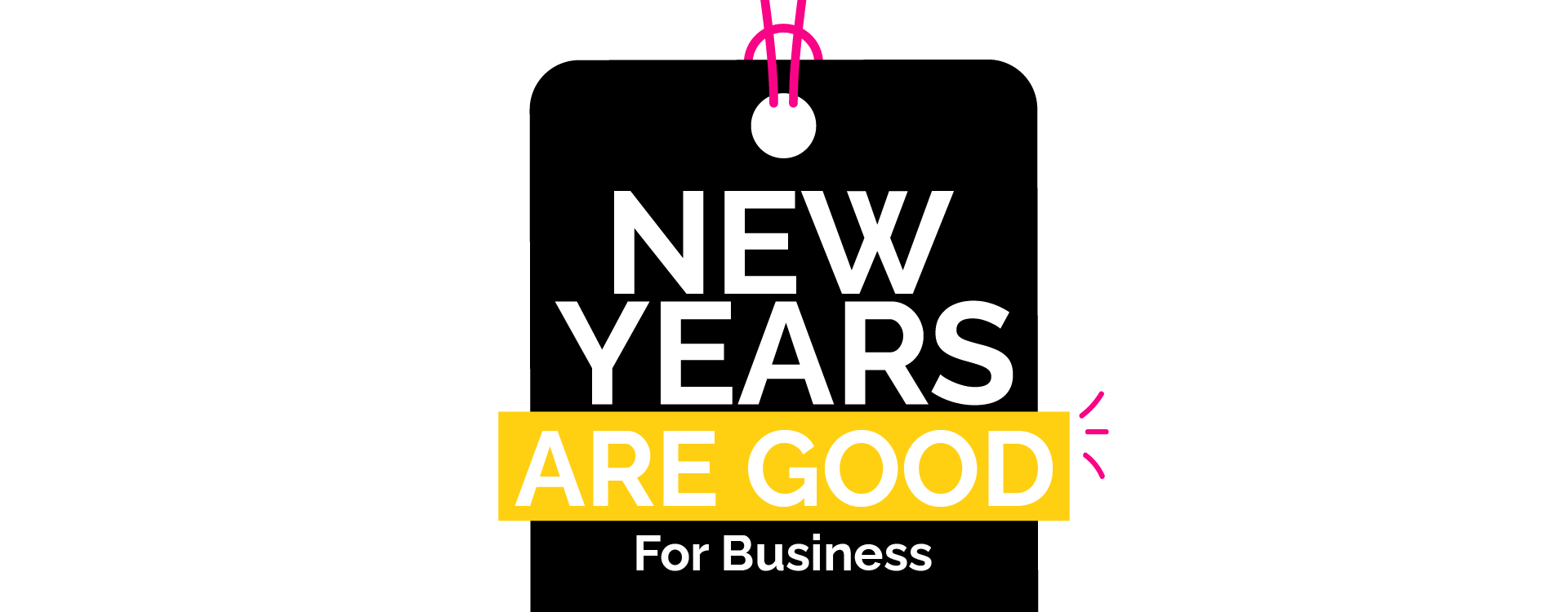Is it just us, or is everything moving faster? As our perpetually online culture delves deeper and deeper into the strengths (and sneaky weaknesses) of new, faster, more automated technologies, it’s essential (and a no-brainer) for your brand to come along too.
And 2024 is shaping up to be a year to seriously think about upgrading your branding strategies.
Things could get pretty wild.
As the branding universe rapidly moves toward online exclusivity, market expectations for ease of use are shifting dramatically in that direction as well. Customers are coming to expect online experiences that mirror in-person shopping, without hassle and with at least the illusion of a personal connection. And this rapid evolution necessitates frequent, serious assessments of your current approach to branding.
All that to say, your online presence in 2024 can, and should, be as strong as you can possibly make it, at all times. Potential clients are extremely likely to look to your website and social media before they choose you. Your online footprint is your storefront and, in many cases, your sole source of transactions. The days of relying on sidewalk looky-loos and newspaper print ads are fading fast, if they’re not largely already a thing of the past.
So let’s take a look at what’s trending in branding, things you can do to stay ahead of the pack in 2024, and the new ways to position your organization for success.
- AI Coming In Hot
Like it or not, we’re all stuck with AI. It’s everywhere, increasingly ubiquitous and in the process of dipping its fingers into just about every industry you can think of. It may have begun with AI-powered content creation, glorified auto-complete, but that’s just the tip of the iceberg. And, when used correctly, AI has the power to assist your brand tremendously. It can instantaneously analyze huge amounts of data, giving you access to strategies and statistics that can be used to quickly get to the heart of trends and consumer behaviors. If you’re looking for significant brand growth over time (and who isn’t?) then don’t write off AI.
- The Simpler The Better
It seems that whenever our lives are collectively overwhelming, minimalism makes her triumphant return. The desire to declutter our physical and emotional lives, to control what we can, takes hold – and branding trends take notice. 2024 is the continuation of what began last year, with minimalism in branding only growing in popularity. The purposefulness of your branding should be clear at any emotional distance. Remove unnecessary clutter from your marketing, retaining what is meaningful and losing what isn’t. This year, plan on living by the old “less is more” mantra. The purpose of your branding should be clear
- More Sustainability
Hopefully the initial headaches that came with adapting to stricter official and societal pressure to be more proactive about the future of our planet are in the past… because those initiatives are here to stay. And you should make every effort to adopt them. It’s highly likely that your market cares a great deal about positive environmental practices in business so, if for no other reason, you should too! Now more than ever before, people care mightily about how and where you source your products. They care about where your donations go. They care about the treatment of your staff. They care about making the future a better place for those who come next, and so should your brand. Companies like Patagonia and Apple let their sustainable initiatives take front and center. Both of these brands know what the hell they’re doing, and you’d do well to follow suit, if you haven’t already.
- Be Authentic
With the rise of each new generation, so too rise new challenges. In the case of gen z, there is a strong desire for real, relatable human emotion and empathy from their favorite brands. While similar to their millennial brothers and sisters in their desire to seek out true human connection from places not previously expected, gen z takes it a step further. Today, younger consumers want to know that their favorite brands are made up of people with similar mindsets to theirs. They want brands that exist with a higher purpose than their bottom line. They want to know that you’re relating to them on their level, and being true to your overarching mission.
- Storytelling
This goes hand-in-hand with the aforementioned move to totally online commerce. Giving your brand and advertising a story to tell, by incorporating your brand strategy into your overall approach, will greatly increase your chances of connection (and conversion.) Relay exciting customer stories and speak on your personal experiences. However, if you’re going to tell a story, make sure it’s true to you. A majority of potential customers will be able to see through bullshit.
- Let Them Speak For You
If customers love you, they’re gonna talk about it. Nowadays, that kind of talk becomes free advertising, as a majority of it will take place on social media. 2024 is your year to directly incorporate their brand into your branding. If a happy customer creates a great Instagram post raving about your product or service, reshare it (with their permission.) More often than not, they’ll be flattered and encouraged by the free publicity from a brand they love.
As we step into the wild new frontier that is 2024, the importance of spotting and utilizing emerging branding trends cannot be overstated. Keeping a finger on the pulse of change isn’t just an advantage, it’s necessary for relevance and success. Brands that embrace innovation, adaptability, and the latest trends are better positioned to get the right attention, connect with target markets, and leave a lasting impact. In a world where perception shapes reality, being a branding trendsetter isn’t just a choice – it’s a strategic imperative. So, this year, don’t just follow trends – define them.




